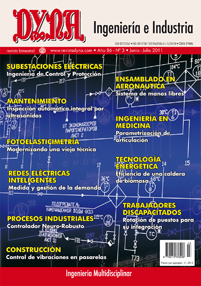VIBRATION CONTROL OF PEDESTRIAN BRIDGES
Keywords:
pasarela peatonal, control de vibraciones, sistemas de amortiguamiento, control pasivo, control activo, estado de servicio.Abstract
ABSTRACT In the last years, a wide number of footbridges have been built as demand response of more direct pathways in cities. These structures have lower building requirements as compared with standard bridges. This circumstance has facilitated the development of new structural design with complex geometries and innovative materials. As a result, these structures may be slender, light and low damped, leading to vibration problems once in service. The current codes take into account this problem, and recommend designs with natural frequencies away from the typical pedestrian pacing rates and fix comfort limits to guarantee the serviceability of the structure.This paper studies this problem from a practical point of view. Thus, the key points of codes and footbridges guidelines are showed, the typical experimental dynamic analysis techniques are presented, and the usual solutions adopted to improve the dynamic performance of these structures are discussed. Finally, the works carried out on the Valladolid Science Museum Footbridge by Centro Tecnológico CARTIF in collaboration with the Universities of Valladolid and Castilla-La Mancha are showed. These works include: (1) the dynamic study of the three steel spans of the footbridge, (2) the design and implementation of a tuned mass damper in the liveliest span, (3) the implementation of an active mass damper using an electrodynamic shaker, and (4) the development of field tests to assess the serviceability of such span.Downloads
Published
2011-05-31
Issue
Section
ARTICULOS

